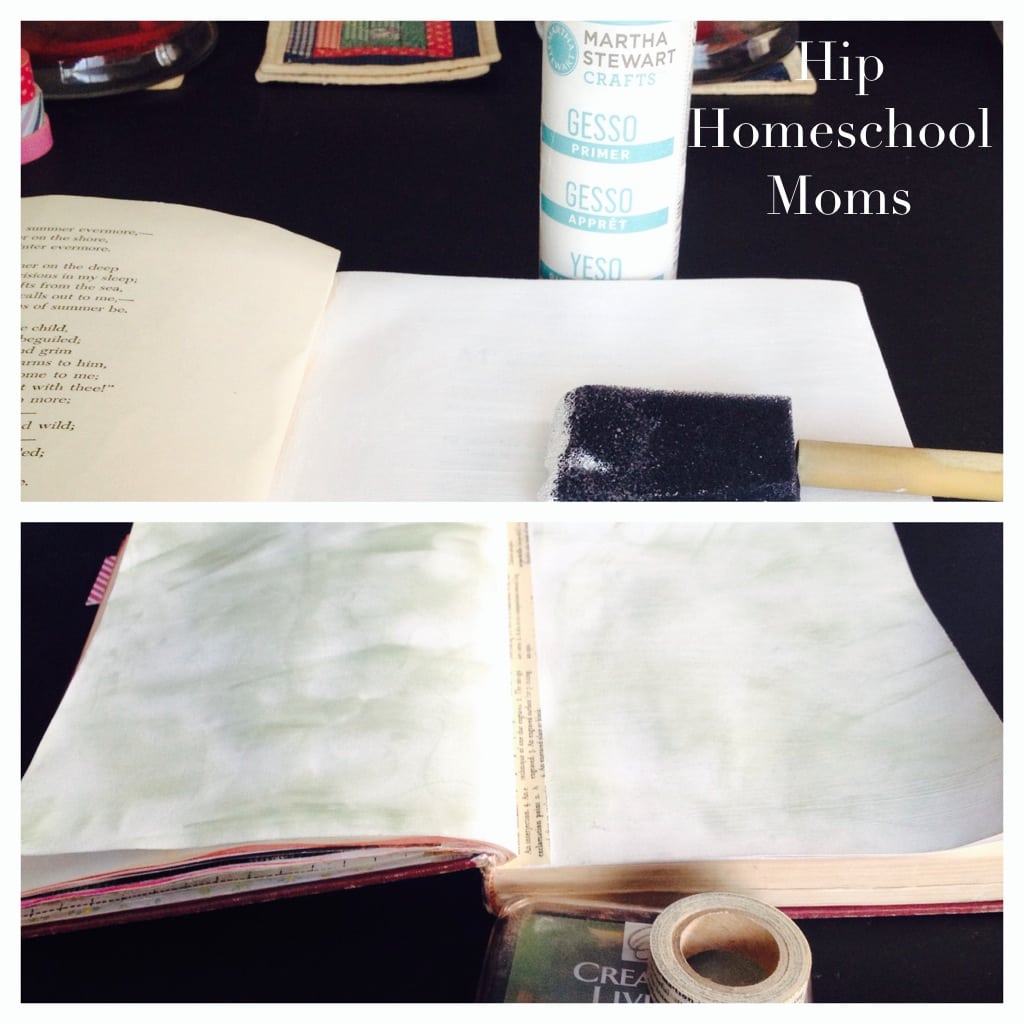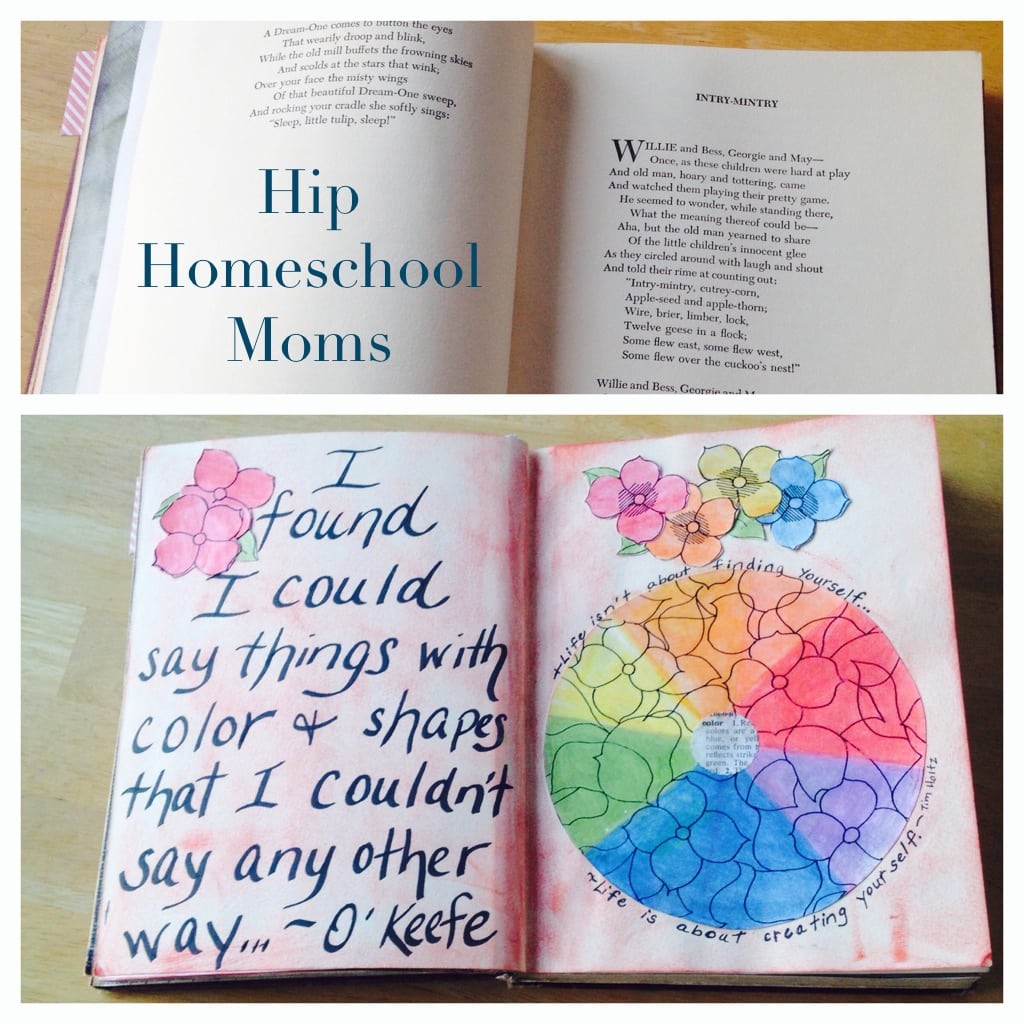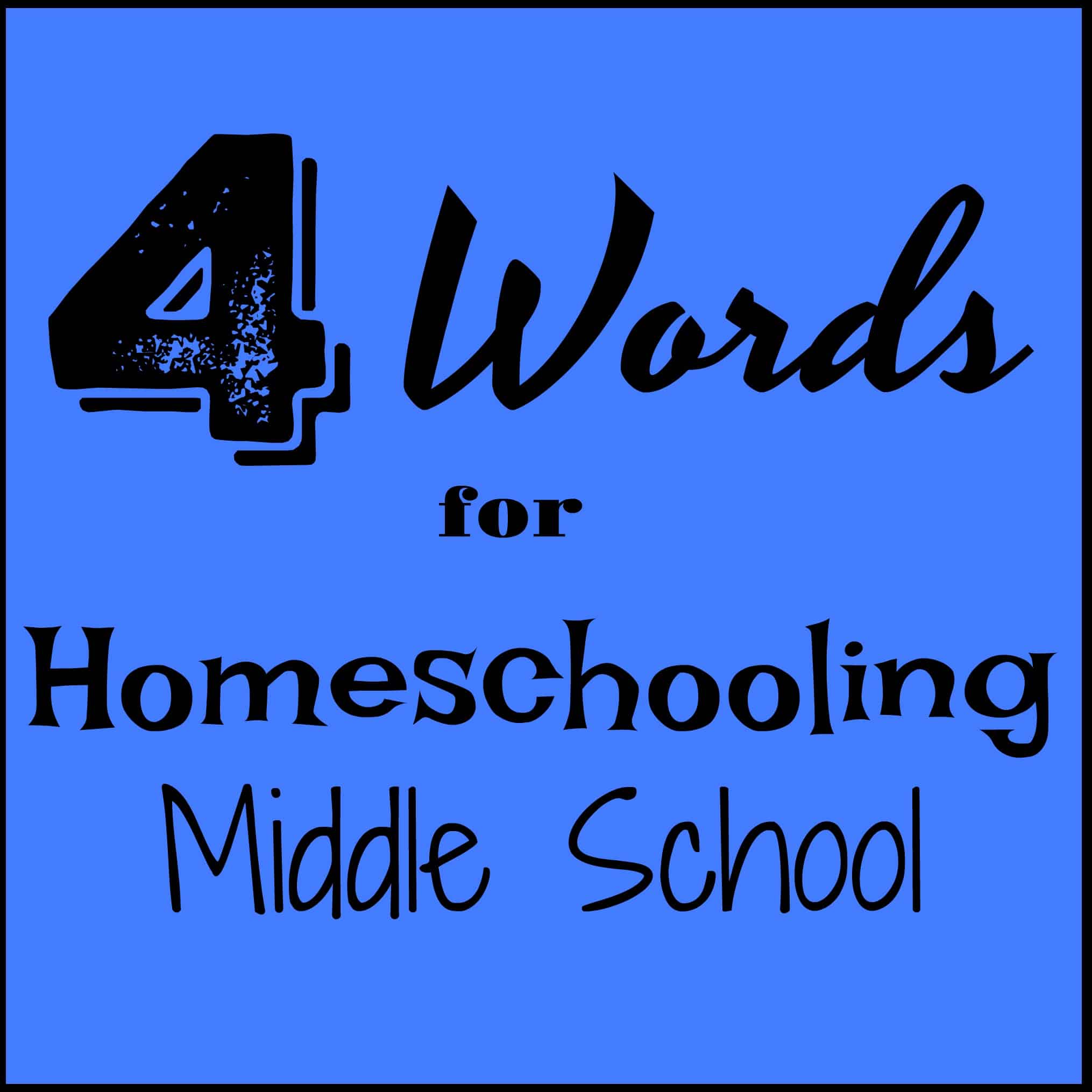Commonplace Books in Homeschooling
Have you ever heard of the practice of creating commonplace books or the habit of commonplacing? Friends, I am delighted to share information with you on this timeless custom that is beneficial for homeschooling!

A commonplace book is a literary practice that dates back to ancient and medieval times. Authors, writers, and everyday folk kept detailed books filled with quotes, thoughts, sketches, and the like. By the seventeenth century, this practice was popularized in academic circles as universities used commonplacing (the act of creating a commonplace book) in literature classes. In modern history, American founders, political leaders, authors, and most great literary figures all kept commonplace books.
Commonplace Books might include:
quotes
copywork of literary passages
reflections on literary works
literary analysis
author notes
sketches
watercolors and paintings
British educator Charlotte Mason advocated the use of commonplace books to increase language arts skills:
It is very helpful to read with a commonplace book or reading-diary, in which to put down any striking thought in your author, or your own impression of the work, or of any part of it; but not summaries of facts. Such a diary, carefully kept through life, should be exceedingly interesting as containing the intellectual history of the writer; besides, we never forget the book that we have made extracts from, and of which we have taken the trouble to write a short review. -Charlotte Mason
Typically, commonplace books are not personal journals for logging one’s own personal thoughts on life; rather, they are notebooks for recording thoughts and passages from the works of others. You can think of it as an intellectual journal of ideas. Great authors including Thomas Jefferson, Mark Twain, Henry David Thoreau, Ralph Waldo Emerson, Charles Dickens, Lewis Carroll, and many more kept notebooks over their lifetimes filled with literary passages they meticulously copied. Great writers become even more skilled in the writing craft as they feast on the ideas of others!
Homeschooling families can think of commonplace books as a form of notebooking with copywork. Classical and Charlotte Mason educators will appreciate creating a permanent house within a commonplace book for their favorite copywork passages and literary notes. Additionally, commonplace books fit well within any educational methodology or philosophy. Commonplace books are a delightful activity to record favorite books, authors, quotes, reading notes, poems, Scriptures, anthology of passages, and many other literary miscellanea. You can assign the creation of a commonplace book to use alongside your regular language arts curriculum or encourage the use throughout the middle and high school years as a companion reading journal.
Are you intrigued by this practice? It is simple to get started with commonplacing! First, you will want to decide what type of journal to use to house your literary notes. You may even to decide to create more than one commonplace book.
Ideas for Commonplace Books:
Moleskine Journals
Lined or Unlined Journals
Altered Vintage Books (using mixed media)
3-ring Binders and Loose Leaf Paper
The easiest way to get started is to purchase a lined (Moleskine or similar) or unlined journal. If you visit a bookstore or craft store, you will have many options to choose from to get started. I created my own commonplace book by altering a vintage 1950’s children’s classic.

I left the outer cover of my vintage book unaltered but I transformed the interior pages to reflect some of my favorite quotes, passages from literary works, and reproductions of paintings from my favorite artists.

To begin, I used gesso primer to paint the pages of my book. Vintage books have heavy weight paper which makes a perfect surface for painting. The gesso primer (found at any craft store) provides a gritty surface to use mixed media in altering the pages. Gesso is easy to work with and dries within a few minutes.


Sometimes I use watercolors, acrylics, inks, and stamps on the primed pages. I tear out leaflets from old books, punch out words from dictionaries, and adhere to the vintage pages with glue or Mod-Podge. I am not a skilled artist, but I enjoy the creation process and learning how to use various types of mixed media.
My commonplace book is artistic in nature–which requires a little more time and effort than a standard lined journal. As you can see, you can take an artistic approach or go a simpler route with a lined journal. The key is enjoying the process of interacting with the great conversations, ideas, and truths from past times.
Do you have a commonplace book or practice commonplacing? I would love to hear more of your ideas!
Additional Resources:
Commonplace Book Collection – Harvard
Commonplace Books – Thomas Jefferson







So the book you used had words printed on the pages and you used the gesso primer to cover the words?
This is so awesome. I have been looking for a new way to study literature. I just found it! Thank you.
I have heard of this and its beautiful. My Commonplace book isn’t nearly at artful, but it is fun and meaningful to keep! A friend at a local Charlotte Mason group discussed this and I’ve always been intrigued! 🙂 Cass @ theunpluggedfamily.com
I’ve never heard of this before, but I did something similar on my own by keeping poems from school and writing down lyrics and favourite quotes. I keep these in file folders/binders along with my own writing/journaling pages/art. I also have a word document filled with my favourite quotes and one for Bible verses. This looks like it’ll be fun to do when my daughter is old enough.